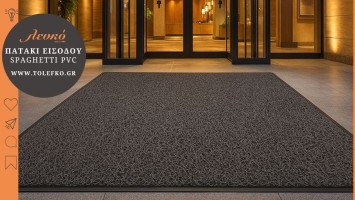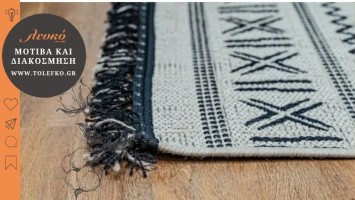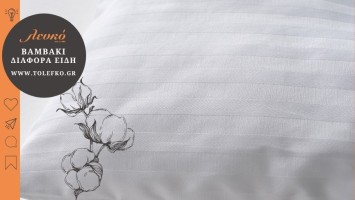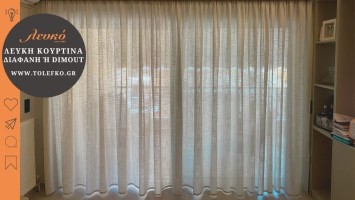Thw art of weaving in Korinthia in 1821

As the national anniversary of March 25, 1821, approaches, we wondered about the art of weaving during that period in Corinthia and how rural families met their needs for clothing, beddings, and linens.
The art of weaving flourished in the 18th and 19th centuries in Corinthia and was one of the most important occupations for women, directly linked to their daily lives.
Did you know about the development of the weaving art in Corinthia from antiquity to the 20th century?
We discovered these historical texts and photographs in the digital museum of Xylokastro:Greece 1821 with many cultural archives.
What did the women of Corinthia weave?
As a domestic and feminine craft, weaving served the needs of clothing and household textiles. With a loom at home, rural families covered all their needs for clothing and beddings. Homes without a loom turned to professional weavers. The woven artifacts of Corinthia directly reflect the living conditions and local aesthetics.
Fine cotton fabrics were used in the making of garments that came in direct contact with the body, such as shirts, or were embroidered to decorate tables, curtains, and more.

Heavy woolen fabrics were used to make bed covers, carpets, and shepherds' capes. Among the more recent woven items, a special type of wall tapestry called "pantes" stands out.
What type of loom was used in Corinthia?
After the 11th century AD, the horizontal loom with treadles and heddles arrived in Europe from Asia (China). This mechanism allowed for the mechanical separation of the warp threads, enabling faster production of long fabrics. On this loom, the weaver sat and could use both her feet (treadles) and hands to throw the shuttle, a technique seen in Corinthia and the villages of modern Greece.
A similar loom is described in the 5th century by Theodoret, Bishop of Cyrrhus, and in Byzantine art, it appears only in a 14th-century illustrated manuscript. An authentic loom of this type, used in Corinthia and dating back to the 19th century, completes the series of looms that showcase the evolution of weaving from prehistoric times to the present day.

What fibers were used for weaving?
In Corinthia, the primary weaving materials were of plant origin (flax, spartium, cotton) or animal origin (sheep wool, goat hair, silk). Traditional production and processing methods were maintained until the mid-20th century.
However, the highly labor-intensive processing of plant fibers like flax, spartium, and cotton led women to abandon home processing earlier and instead purchase ready-made, cheaper materials from the market.
The first step was the laborious process of spinning the threads, followed by weaving. No natural fiber, whether plant-based or animal-based, is long, durable, and elastic at the same time.
Plant fibers are completely rigid. In contrast, wool fibers from sheep are elastic, yet very short and break easily unless they are joined together for cohesion. The silk filament, the only continuous natural fiber, is extremely fine and cannot be used without processing. Therefore, the main requirement for raw material used in thread-making was the ability of fibers to bond together through twisting, giving them strength and forming a continuous yarn.
Animal threads from the flocks of mountainous Corinthia
In the mountainous areas of Corinthia, sheep and goats were sheared in the spring or early summer before migrating to higher altitudes for the summer. The highest quality sheep wool was considered to be that from the back, as it remained cleaner and was not exposed to bushes. Sheep shearing was performed by men using special scissors, and the whole fleece was called "pokos" or "pokari".
After shearing, the fleece was scalded with hot water to remove grease, dirt, and urine, then dried on fences and manually opened to remove foreign elements like thorns and twigs.

Next, women carded the fibers using small or large wool combs (two wooden boards with metal teeth) to clean and align them. The parallel fibers were then made into tufts and placed on the distaff for spinning into yarn using a spindle. The finished yarn was then wound onto a skein winder, then onto a swift, and finally onto small reeds called "masouria," which were placed in the shuttle of the loom.
Sheep wool could be spun into different thicknesses and levels of twist, depending on the type and intended use of the fabric, such as garments (shirts, overcoats, and shepherds’ capes) or household textiles (bed covers, carpets, and wall tapestries).
Unlike sheep, goats had a much shorter and coarser coat, making their hair harder to process. The resulting yarn was highly durable and used for rough bedding and storage sacks. Goat hair was also waterproof, making it suitable for rain-resistant clothing and fabrics, such as shepherds' capes and nomadic tents. Since goat hair does not absorb dyes, woven fabrics retained their natural shades.
















